Top Things to Know Before Buying Types of Cactus House Plants
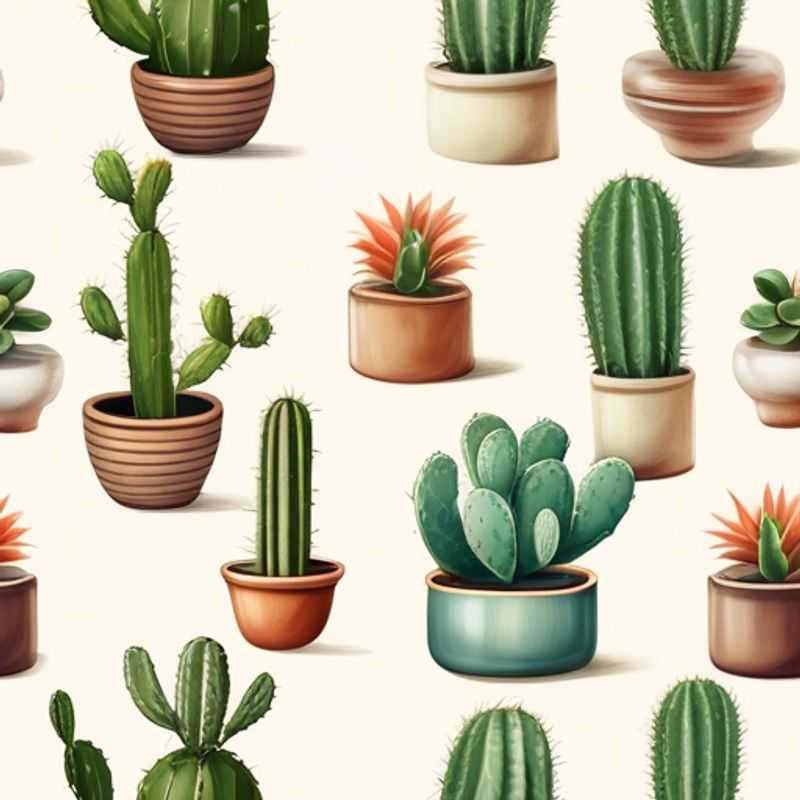
Top Things to Know Before Buying Cacti: A Guide to Understanding Your New Prickly Friend
Before diving into the fascinating world of cactus houseplants, it's crucial to understand a few key things.

Unveiling the World of Cacti: Types and Care Requirements
Cactus plants are known for their resilience and low-maintenance requirements, making them a popular choice for home gardeners. However, there's more to these fascinating plants than meets the eye. Understanding the different types of cacti and their specific care needs is crucial for their successful cultivation.
Barrel cacti, such as the Golden Barrel Cactus, are popular for their iconic shape and stunning spines. They thrive in well-drained soil and full sun, requiring infrequent watering, especially during winter. On the other hand, Prickly Pear cacti, known for their edible pads and fruits, prefer a sunny spot and well-drained soil. Water deeply but allow the soil to dry out between waterings.
Hedgehog cacti are a diverse group, with species ranging in size and appearance. Most prefer bright indirect light and well-drained soil, requiring moderate watering during the growing season and less frequent watering during winter. Another popular type, the Cholla cactus, thrives in full sun and well-drained soil. They are drought-tolerant and require minimal watering.
Epiphytic cacti, such as the Christmas Cactus, are unique in that they grow on other plants instead of in the ground. They prefer bright indirect light and well-drained soil, requiring frequent watering during their growing season. However, be careful not to overwater, as this can lead to root rot.
Regardless of the type, all cacti require well-drained soil to prevent root rot. It's essential to use a potting mix specifically designed for cacti and succulents. Avoid overwatering, as this can lead to root problems. Allow the soil to dry out completely between waterings, and water deeply when needed. Regular fertilization during the growing season can promote healthy growth. You can find cactus-specific fertilizer at most garden centers. When repotting, ensure the new pot has adequate drainage holes to prevent waterlogging.
If you're considering purchasing a cactus plant, research the specific species and its care requirements before bringing it home. This will help ensure your new cactus thrives in its new environment. While cacti are known for their resilience, providing the right care will help them thrive and bring a unique touch to your home or garden. Remember to provide adequate drainage, avoid overwatering, and use a cactus-specific potting mix for optimal results.
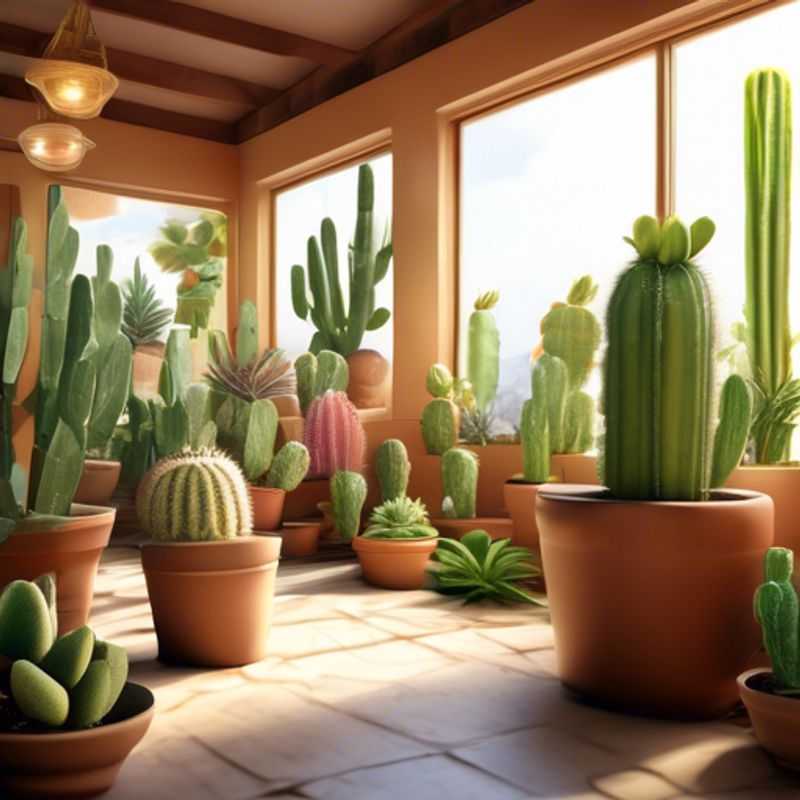
Choosing the Right Cactus: Understanding Mature Size for Your Space
When selecting a cactus, it's crucial to consider its mature size. Thoroughly research the specific cactus variety you're interested in, as they can range from compact and petite to towering giants.
Pay attention to the mature height and width of the cactus, as well as its growth habit (e.g., upright, sprawling, clumping). This will help you determine if the cactus will fit comfortably in your chosen space.
It's better to err on the side of caution and select a smaller cactus initially, as you can always repot it into a larger container as it grows.
Failing to consider the mature size can lead to an overcrowded situation, potentially impacting the cactus's health and your enjoyment of the plant. Make sure to research the mature size of any cactus you're considering to ensure a happy and well-sized addition to your home.
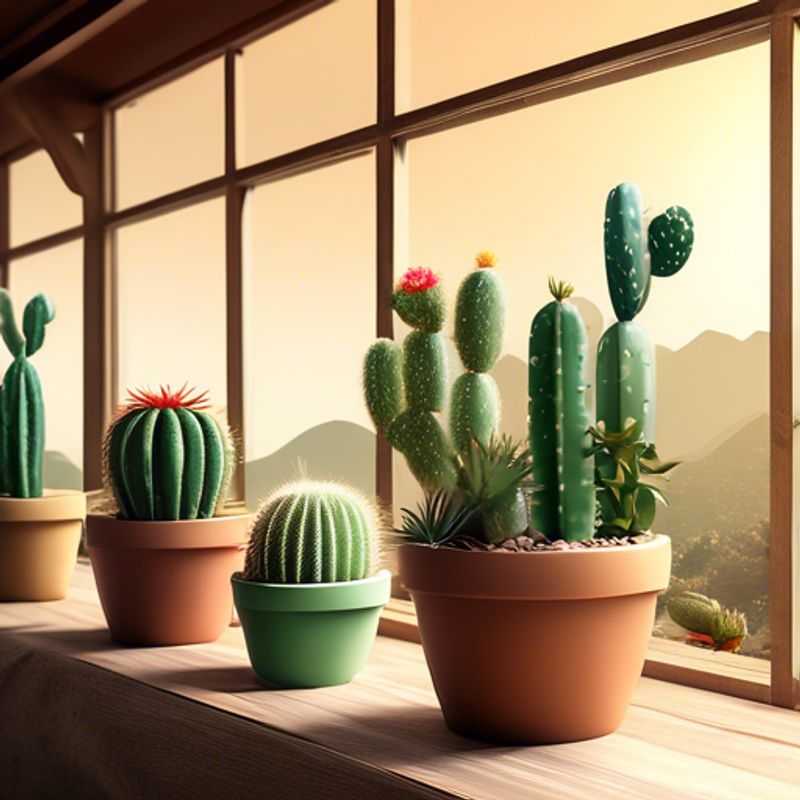
Choosing the Right Spot: Lighting Considerations for Your Cactus
Cacti are desert dwellers, accustomed to intense sunlight. Providing the right amount of light is crucial for their health and growth. When selecting a location for your cactus, consider its natural habitat. Most cacti thrive in bright, direct sunlight, ideally for at least 6 hours daily. However, some species tolerate partial shade, particularly during the hottest hours of the day.
A south-facing window is generally the best choice for cacti, ensuring optimal exposure. If you lack a south-facing window, east or west-facing windows can also work well. If you have a north-facing window, supplement with artificial lighting, as this direction receives minimal sunlight.
Observe your cactus for signs of light stress. A cactus that's not getting enough sunlight might become etiolated, stretching towards the light source with thin, weak stems. On the other hand, too much direct sunlight can cause scorching or browning. Adjust the location or use shading during the hottest months to prevent this.
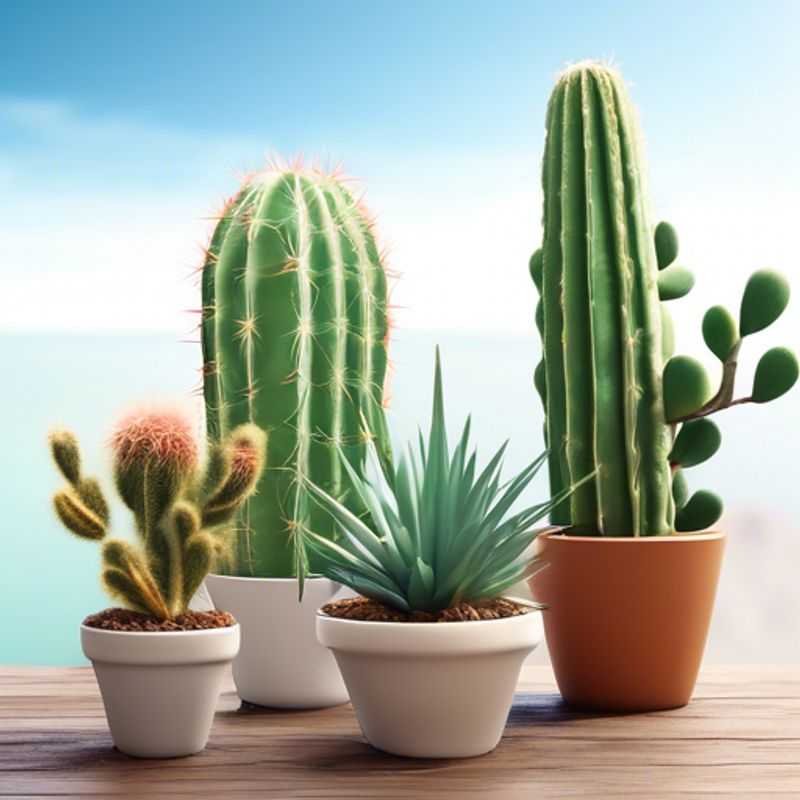
Master the Watering Schedule: Avoiding Overwatering for Healthy Plants
Overwatering is a common problem that can lead to root rot and other plant problems. To avoid overwatering, it's important to understand your plant's specific needs. Different plants have different water requirements.
The best way to determine if your plant needs water is to check the soil moisture. Stick your finger about an inch into the soil. If it feels dry, then it's time to water. If it's still moist, then wait a few more days.
Another tip is to water deeply, but infrequently. This encourages deep root growth and helps your plant to better resist drought. When you do water, allow the excess water to drain out of the pot. This prevents the roots from sitting in water, which can lead to rot.
Pay attention to the signs of overwatering. These include yellowing leaves, wilting, and a soggy soil. If you see any of these signs, reduce your watering frequency and allow the soil to dry out a bit more between waterings.
Remember, overwatering is a common issue, but it's easily preventable. By understanding your plant's needs and following these simple tips, you can help your plants thrive and avoid the problems associated with overwatering.
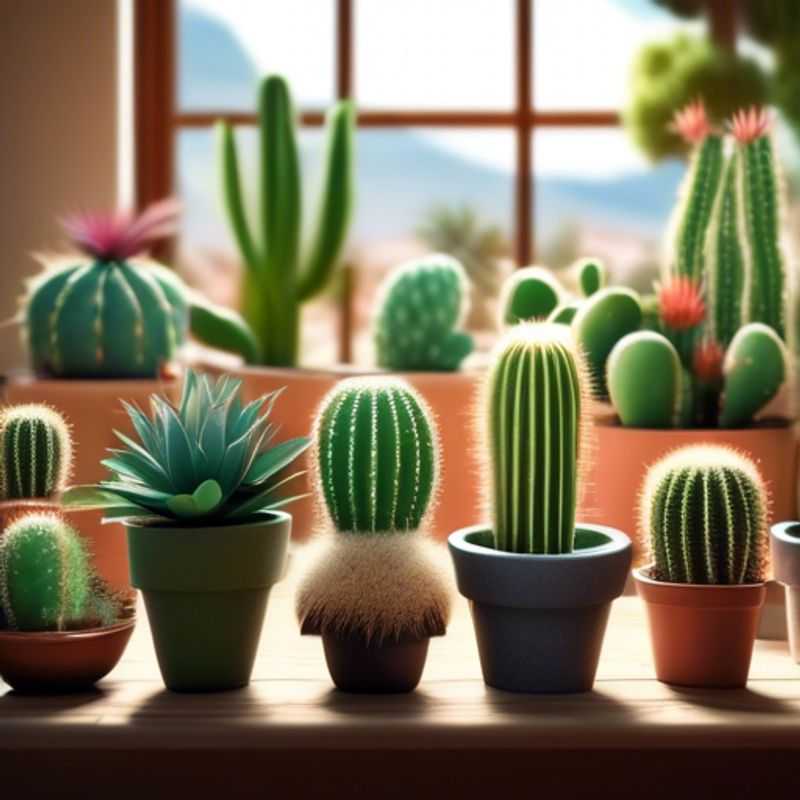
Understanding Cactus Soil: The Key to Healthy Growth
Cacti are fascinating and relatively low-maintenance plants, but understanding their soil requirements is crucial for their health and longevity. The right soil mix ensures proper drainage, aeration, and nutrient availability.
Choose a well-draining soil mix: Cacti are adapted to arid environments and are susceptible to root rot if the soil retains too much moisture. A good soil mix for cacti should include ingredients like:
•Potting soil: This provides basic nutrients and structure.
•Perlite or pumice: These materials improve drainage and aeration by creating air pockets within the soil.
•Coarse sand: This further enhances drainage and prevents compaction.
•Optional: You can add a small amount of compost or organic matter to provide additional nutrients. However, be careful not to overdo it, as too much organic matter can increase water retention.
Adjust the mix based on the cactus species: Some cacti prefer a slightly more organic soil mix while others require a more mineral-based mix.
Ensure proper drainage: Use pots with drainage holes to prevent water from accumulating at the bottom.
Avoid overwatering: Cacti are adapted to drought and only need water when the soil is completely dry. Overwatering can lead to root rot.
Fertilize sparingly: Cacti are relatively slow-growing and don't need frequent fertilization. Use a balanced cactus fertilizer diluted to half strength during the growing season.
By following these tips, you can provide your cacti with the ideal soil environment for healthy growth and enjoyment. If you have any specific concerns about your cactus species, consult a gardening expert or research online for more detailed information.
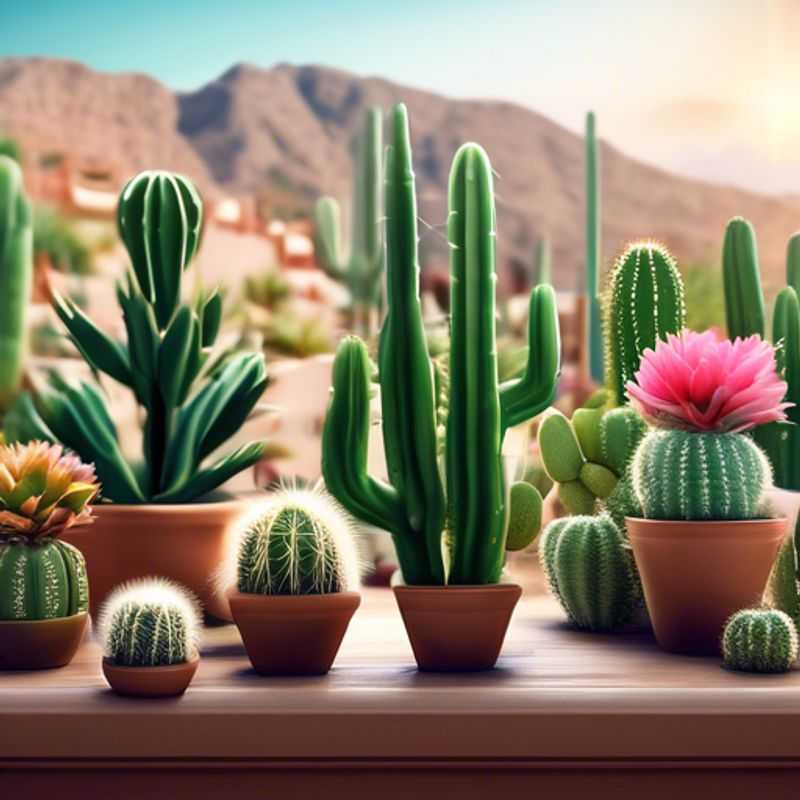
Cactus Care: Handling Thorns Safely and Effectively
Cacti are fascinating plants with unique adaptations for survival in arid environments. However, their defense mechanisms include sharp spines and glochids (tiny, barbed hairs). Always wear thick gloves and protective clothing when handling cacti to avoid painful pricks.
Use caution when working around cacti, particularly in areas where children or pets might be present. Be aware of their prickly nature and teach others to respect the plants. Consider creating a barrier or designating a safe area to keep people and cacti separated.
If you are working with cacti, be sure to have tweezers on hand to remove any spines or glochids that may embed in your skin. Wash the affected area thoroughly with soap and water to prevent infection.
Remember, cacti are a valuable part of the ecosystem and deserve to be treated with respect. Enjoy their beauty and resilience while practicing safety and care.
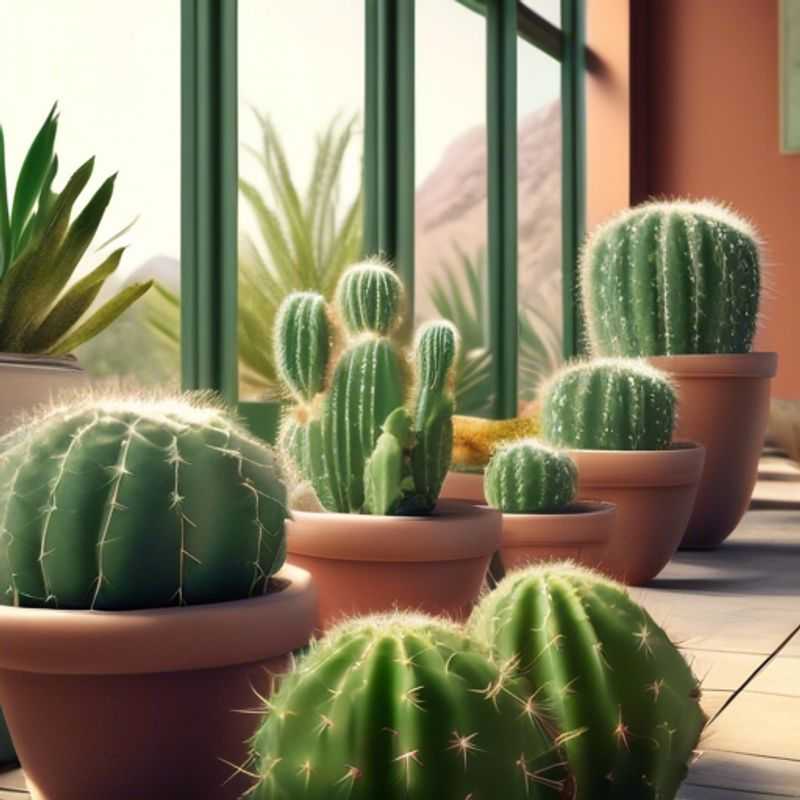
Cactus Care: Ensuring Optimal Ventilation and Temperature
Cacti are desert plants, so they need a warm and dry environment to thrive. Proper ventilation and temperature control are essential for their well-being.
Ventilation is important because it helps to prevent the build-up of humidity, which can lead to fungal diseases. A well-ventilated space will also help to circulate fresh air and prevent the cactus from becoming too hot.
Temperature is crucial for cactus growth. They thrive in warm temperatures, typically between 70-85°F (21-29°C) during the day and 55-65°F (13-18°C) at night. However, cacti can tolerate a wide range of temperatures, but extreme cold can be damaging. Avoid placing them near drafts or heating vents.
For optimal growth, provide a sunny location with at least 6 hours of direct sunlight each day. If you live in a colder climate, you may need to supplement with artificial light during the winter months.
